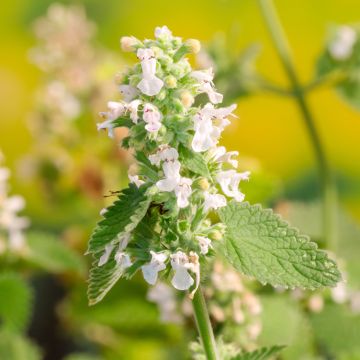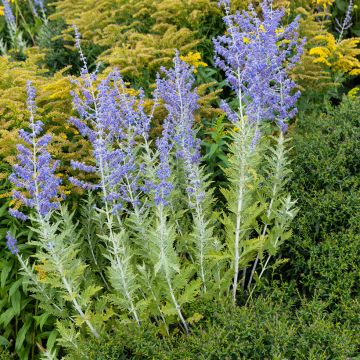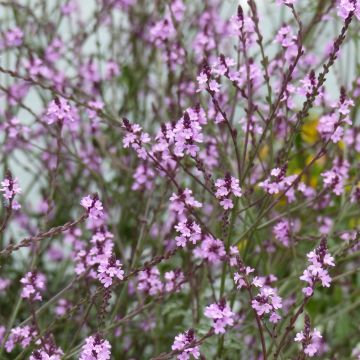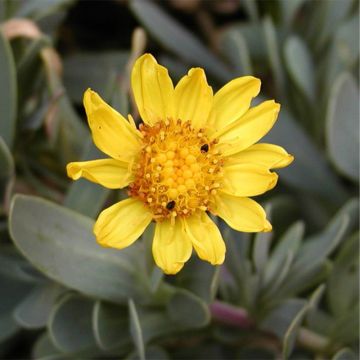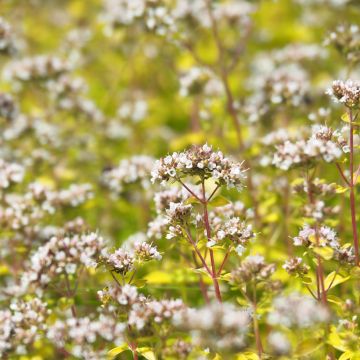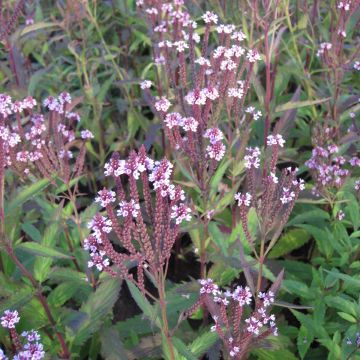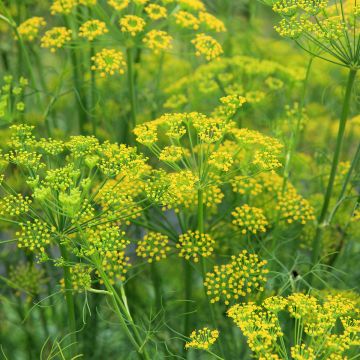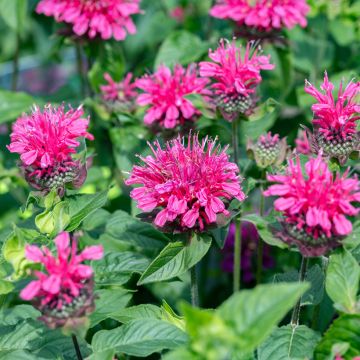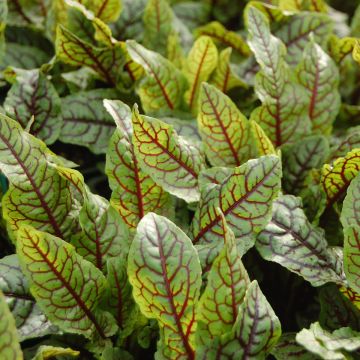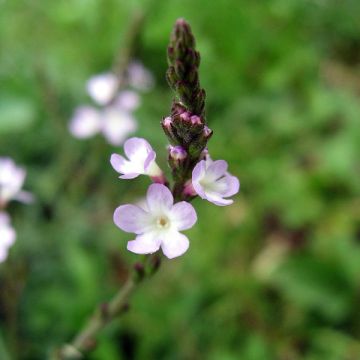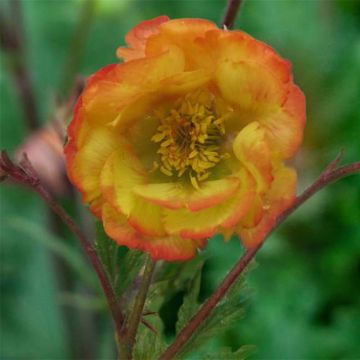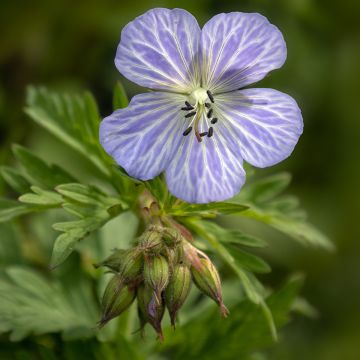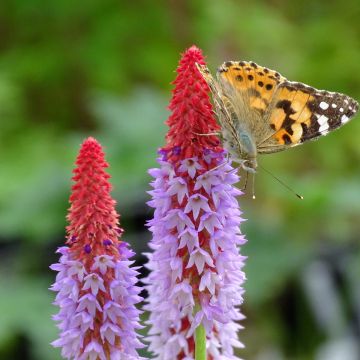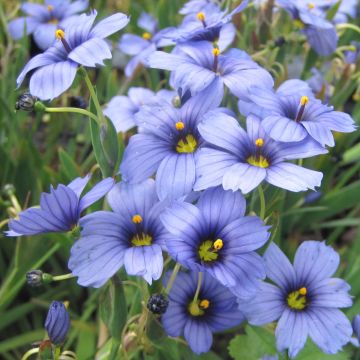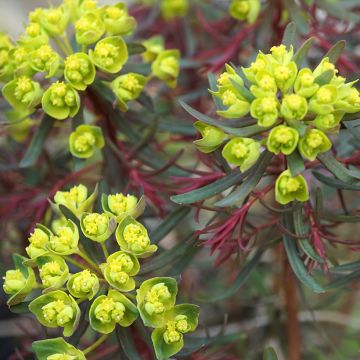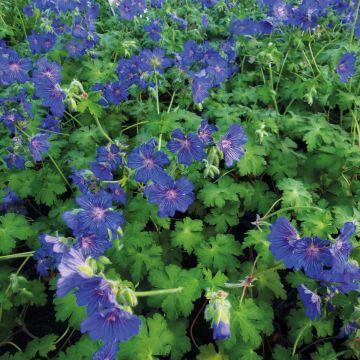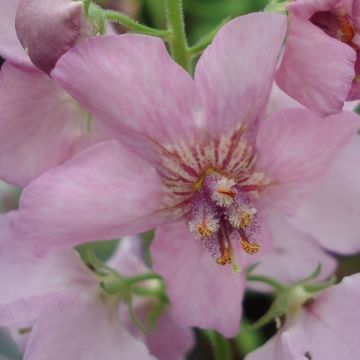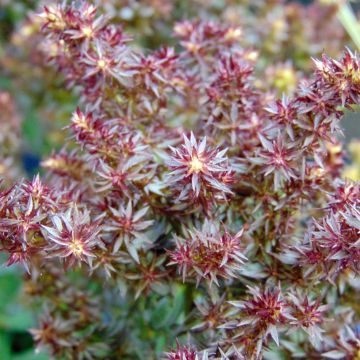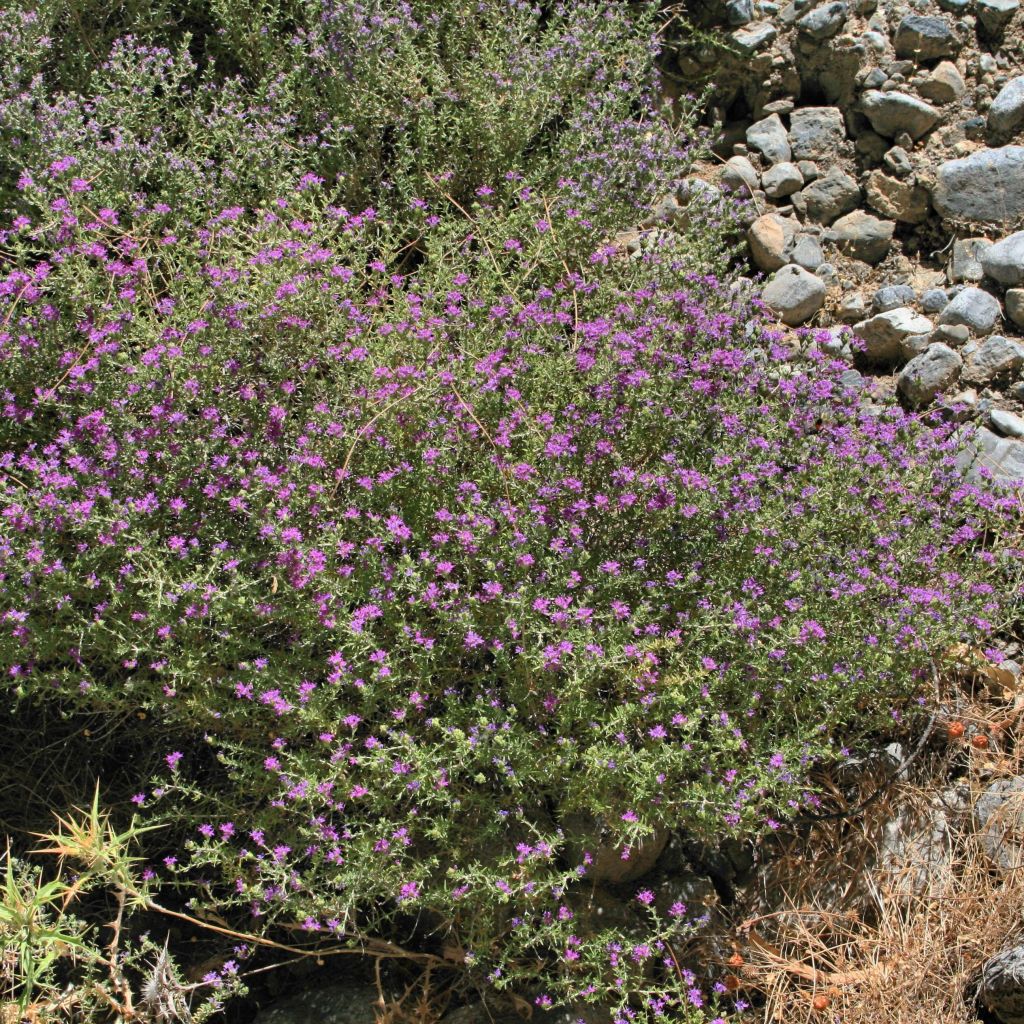

Thymus capitatus - Thym à têtes.
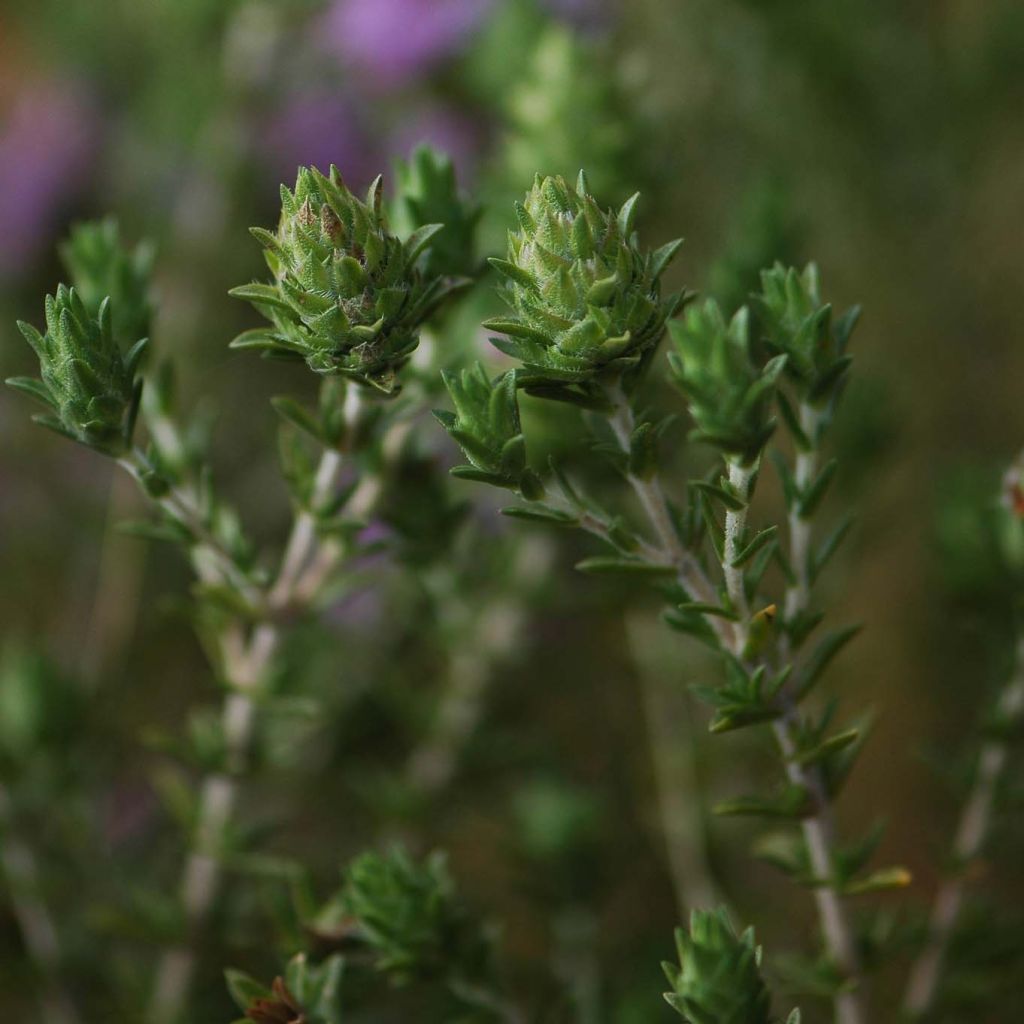

Thymus capitatus - Thym à têtes.


Thymus capitatus - Thym à têtes.
Thymus capitatus - Thyme
Thymus capitatus
Thyme
The young plant in the bucket I received seems healthy, planted near 'classic' thyme, now I'm waiting for it to take root... (or not?)
Thierry, 17/10/2023
Special offer!
Receive a €20 voucher for any order over €90 (excluding delivery costs, credit notes, and plastic-free options)!
1- Add your favorite plants to your cart.
2- Once you have reached €90, confirm your order (you can even choose the delivery date!).
3- As soon as your order is shipped, you will receive an email containing your voucher code, valid for 3 months (90 days).
Your voucher is unique and can only be used once, for any order with a minimum value of €20, excluding delivery costs.
Can be combined with other current offers, non-divisible and non-refundable.
Home or relay delivery (depending on size and destination)
Schedule delivery date,
and select date in basket
This plant carries a 12 months recovery warranty
More information
We guarantee the quality of our plants for a full growing cycle, and will replace at our expense any plant that fails to recover under normal climatic and planting conditions.

Would this plant suit my garden?
Set up your Plantfit profile →
Description
Thymus capitatus owes its name to the appearance of its inflorescences in tight heads of a pretty purple pink shade that resemble small clubs. This highly aromatic shrub is well known in aromatherapy, which uses the essential oil, with a strong, warm and pungent smell, extracted from its vegetation. In the garden, it forms an upright and branched ball, composed of white and rigid stems covered with small green, leathery and evergreen foliage that is covered with flowers in summer. This highly ornamental thyme, when in full bloom, is both a plant of choice for arid areas of the garden, difficult to vegetate, and one of the gems of the herb garden.
Native to the Mediterranean basin, and more specifically to Crete where it grows up to 1000m (3281ft) altitude, Thyme is a botanical species belonging to the Lamiaceae family, just like savory and oregano. In nature, it is found in large colonies anchored in rocky, limestone and arid places burnt by the sun. This thyme slowly develops into a small rounded bush, with an upright and bushy habit. It reaches an average size of 45cm (18in) in all directions. Its white-silver, rigid branches bear small, narrow, green and leathery persistent leaves that release when crushed a powerful scent, both spicy and pungent reminiscent of mountain savory. In June-July, sometimes until September if the summer is not too dry, pretty conical inflorescences composed of tiny purple-pink flowers appear. This flowering, like that of all plants in the Lamiaceae family, attracts many pollinating insects. Extremely resistant to summer drought, this thyme may lose its foliage in case of intense drought, without harming to its health; it then reveals the beautiful pale structure of its branches. Thymus capitatus perishes below -12°C (10.4°F).
Thymus capitatus is above all a beautiful plant for sunny and dry soil, valuable for seaside or Mediterranean gardens spared by severe frost that can be fatal in poorly drained soil. It finds its place in rockeries, gravel beds, or even along pathways. It can be associated with other thyme species, marjoram (Origanum majorana), lavender, savory, rosemary, teucrium, gum cistus and other santolines to evoke the scrubland in an arid area of the garden. One of the charms of this type of landscape lies in the scents that all these plants release after a hot day: they blend together in a complex fragrance to be savoured with closed eyes: intense, captivating, it constitutes the quintessence of the Mediterranean countryside.
Properties and uses:
The essential oil of Thymus capitatus, to be used with caution, is reputed for its powerful anti-infectious properties. It is used to treat respiratory, urinary or even digestive disorders. Its effectiveness, due to its richness in carvacrol, has been scientifically proven against many bacterial, fungal or viral germs.
Like thyme, its leaves can be used in herbal tea to help fight against intestinal disorders. In cooking, its foliage adds a spicy note to dishes: it is used in the composition of za'atar, a condiment used throughout the eastern Mediterranean Basin.
In the mountains of Crete, a honey made from Thymus capitatus is produced: thick and dark, it is extremely fragrant.
Report an error about the product description
Thymus capitatus - Thyme in pictures


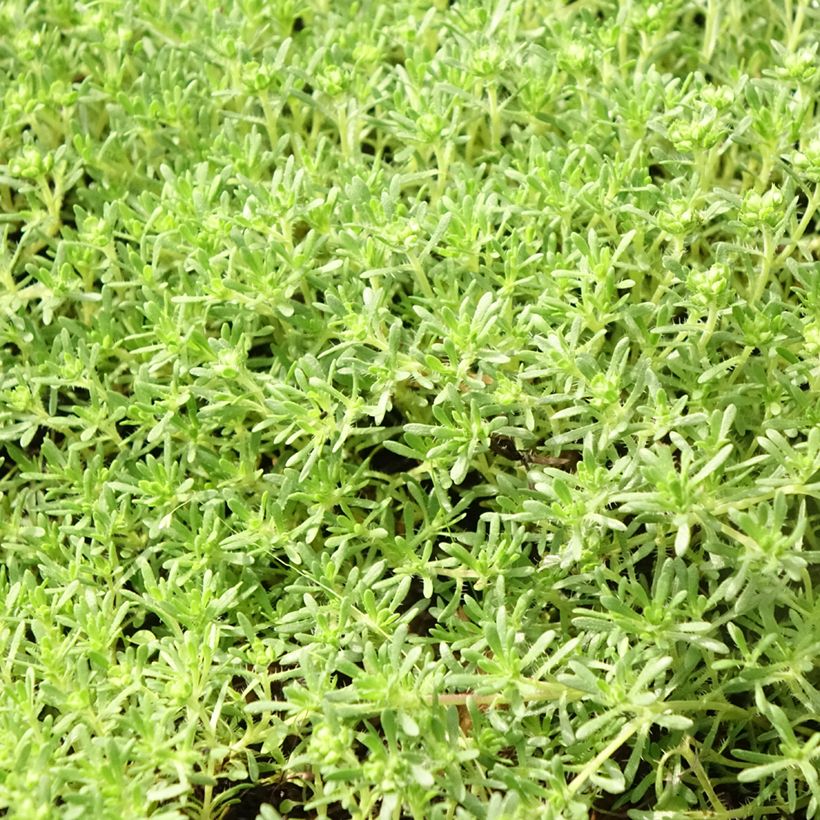

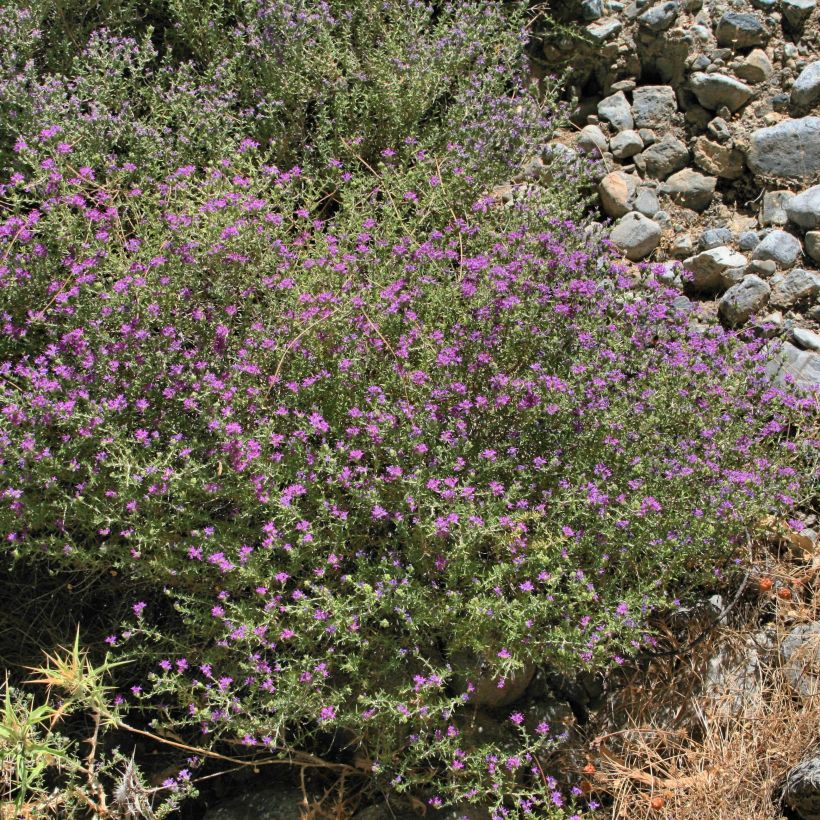

Flowering
Foliage
Plant habit
Botanical data
Thymus
capitatus
Lamiaceae
Thyme
Mediterranean
Other Herb perennials
View all →Planting and care
Thyme is a plant perfectly adapted to the Mediterranean climate. It is an undemanding plant, well adapted to hot and dry regions, but resistant to cold to -12/-15°C (10.4/5°F) in very well-drained soil. It requires full sun and a very well-drained soil, preferably poor, even limestone and rocky soil. It is undemanding but fears heavy frosts that can harm its hardiness: Plant it preferably in early autumn in favourable climates, but after the last frosts. Like many herb plants it does not tolerate frequent watering in summer: the combination of heat and humidity in the soil can be fatal to it. Water this plant only as much as necessary for its establishment, favouring generous but spaced waterings (every 8 to 15 days). Do not provide it with compost or fertiliser, simply lighten the soil of your garden with a large amount of gravel and plant it in a raised bed or in a dry rock garden.
Regularly pruning them (on young wood), and after flowering, allows them to age better and remain compact.
Planting period
Intended location
Care
-
, onOrder confirmed
Reply from on Promesse de fleurs
Similar products
Haven't found what you were looking for?
Hardiness is the lowest winter temperature a plant can endure without suffering serious damage or even dying. However, hardiness is affected by location (a sheltered area, such as a patio), protection (winter cover) and soil type (hardiness is improved by well-drained soil).

Photo Sharing Terms & Conditions
In order to encourage gardeners to interact and share their experiences, Promesse de fleurs offers various media enabling content to be uploaded onto its Site - in particular via the ‘Photo sharing’ module.
The User agrees to refrain from:
- Posting any content that is illegal, prejudicial, insulting, racist, inciteful to hatred, revisionist, contrary to public decency, that infringes on privacy or on the privacy rights of third parties, in particular the publicity rights of persons and goods, intellectual property rights, or the right to privacy.
- Submitting content on behalf of a third party;
- Impersonate the identity of a third party and/or publish any personal information about a third party;
In general, the User undertakes to refrain from any unethical behaviour.
All Content (in particular text, comments, files, images, photos, videos, creative works, etc.), which may be subject to property or intellectual property rights, image or other private rights, shall remain the property of the User, subject to the limited rights granted by the terms of the licence granted by Promesse de fleurs as stated below. Users are at liberty to publish or not to publish such Content on the Site, notably via the ‘Photo Sharing’ facility, and accept that this Content shall be made public and freely accessible, notably on the Internet.
Users further acknowledge, undertake to have ,and guarantee that they hold all necessary rights and permissions to publish such material on the Site, in particular with regard to the legislation in force pertaining to any privacy, property, intellectual property, image, or contractual rights, or rights of any other nature. By publishing such Content on the Site, Users acknowledge accepting full liability as publishers of the Content within the meaning of the law, and grant Promesse de fleurs, free of charge, an inclusive, worldwide licence for the said Content for the entire duration of its publication, including all reproduction, representation, up/downloading, displaying, performing, transmission, and storage rights.
Users also grant permission for their name to be linked to the Content and accept that this link may not always be made available.
By engaging in posting material, Users consent to their Content becoming automatically accessible on the Internet, in particular on other sites and/or blogs and/or web pages of the Promesse de fleurs site, including in particular social pages and the Promesse de fleurs catalogue.
Users may secure the removal of entrusted content free of charge by issuing a simple request via our contact form.
The flowering period indicated on our website applies to countries and regions located in USDA zone 8 (France, the United Kingdom, Ireland, the Netherlands, etc.)
It will vary according to where you live:
- In zones 9 to 10 (Italy, Spain, Greece, etc.), flowering will occur about 2 to 4 weeks earlier.
- In zones 6 to 7 (Germany, Poland, Slovenia, and lower mountainous regions), flowering will be delayed by 2 to 3 weeks.
- In zone 5 (Central Europe, Scandinavia), blooming will be delayed by 3 to 5 weeks.
In temperate climates, pruning of spring-flowering shrubs (forsythia, spireas, etc.) should be done just after flowering.
Pruning of summer-flowering shrubs (Indian Lilac, Perovskia, etc.) can be done in winter or spring.
In cold regions as well as with frost-sensitive plants, avoid pruning too early when severe frosts may still occur.
The planting period indicated on our website applies to countries and regions located in USDA zone 8 (France, United Kingdom, Ireland, Netherlands).
It will vary according to where you live:
- In Mediterranean zones (Marseille, Madrid, Milan, etc.), autumn and winter are the best planting periods.
- In continental zones (Strasbourg, Munich, Vienna, etc.), delay planting by 2 to 3 weeks in spring and bring it forward by 2 to 4 weeks in autumn.
- In mountainous regions (the Alps, Pyrenees, Carpathians, etc.), it is best to plant in late spring (May-June) or late summer (August-September).
The harvesting period indicated on our website applies to countries and regions in USDA zone 8 (France, England, Ireland, the Netherlands).
In colder areas (Scandinavia, Poland, Austria...) fruit and vegetable harvests are likely to be delayed by 3-4 weeks.
In warmer areas (Italy, Spain, Greece, etc.), harvesting will probably take place earlier, depending on weather conditions.
The sowing periods indicated on our website apply to countries and regions within USDA Zone 8 (France, UK, Ireland, Netherlands).
In colder areas (Scandinavia, Poland, Austria...), delay any outdoor sowing by 3-4 weeks, or sow under glass.
In warmer climes (Italy, Spain, Greece, etc.), bring outdoor sowing forward by a few weeks.






























